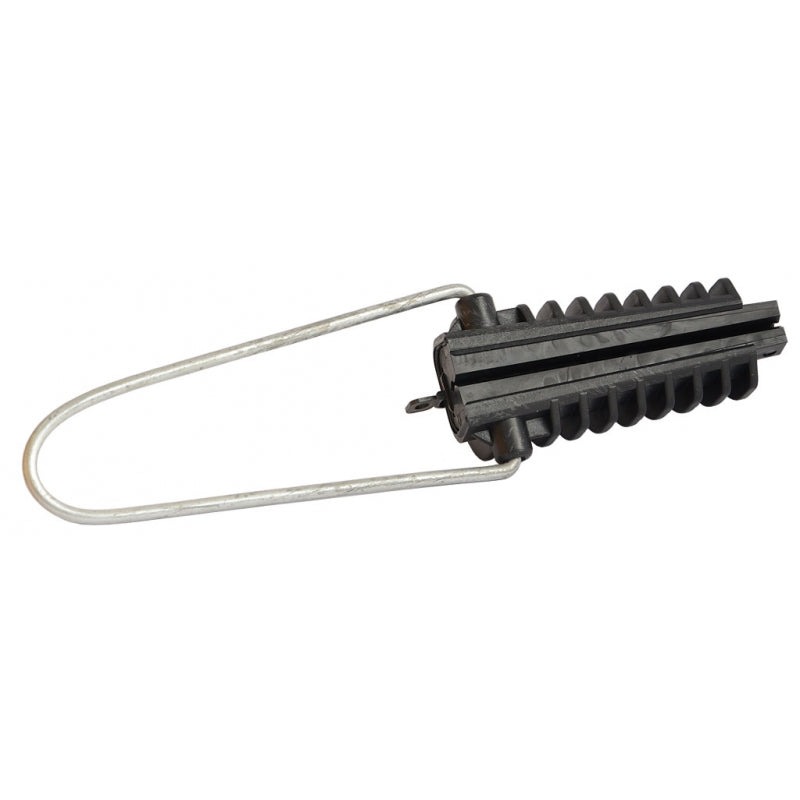In the world of mechanical and electrical installations, the need for secure, durable, and efficient fastening systems is paramount anchor clamp. One such essential component is the Wedge Anchoring Clamp. Often used in power distribution, suspension systems, and structural engineering, these clamps provide a reliable method of anchoring cables or rods under mechanical tension.
What is a Wedge Anchoring Clamp?
A wedge anchoring clamp is a mechanical device designed to grip and secure a conductor (such as a power cable or wire) through the application of a self-tightening wedge mechanism. The clamp typically consists of three main components:
-
Body – usually made of high-strength, weather-resistant materials like aluminum alloy or stainless steel.
-
Wedges – tapered inserts that slide into the body and grip the cable.
-
Retaining Mechanism – holds the assembly together and ensures that the wedges do not loosen under load.
The clamp works on a simple yet effective principle: as tension is applied to the conductor, the wedges are pulled deeper into the tapered body, increasing the gripping force and locking the cable in place.
Key Features
-
Self-locking mechanism: The clamp tightens as the tension increases, providing a fail-safe grip.
-
Corrosion resistance: Designed for long-term outdoor use in various weather conditions.
-
Tool-free installation: Many models do not require special tools, making them ideal for field work.
-
High load capacity: Supports significant mechanical loads, often used in overhead and suspension applications.
Applications
Wedge anchoring clamps are widely used in several industries:
-
Electrical power distribution: To anchor overhead power lines to poles or structures.
-
Telecommunications: To support coaxial and fiber optic cables.
-
Construction: For securing tensioned steel cables in structures or scaffolding.
-
Railways and transportation: In overhead line equipment (OLE) systems.
Advantages Over Other Clamping Systems
-
Automatic tensioning: Reduces the need for manual adjustment or retightening.
-
Durability: Withstands vibration, weather, and mechanical stress.
-
Ease of use: Simple design allows for quick and intuitive installation.
-
Cost-effective: Long service life and low maintenance reduce total ownership costs.
Conclusion
The wedge anchoring clamp is a simple yet highly effective solution for anchoring tensioned conductors. Its self-tightening feature, ease of use, and resilience in harsh conditions make it a preferred choice in power and structural applications. As infrastructure demands grow and evolve, dependable components like the wedge anchoring clamp remain essential for safety and performance.
